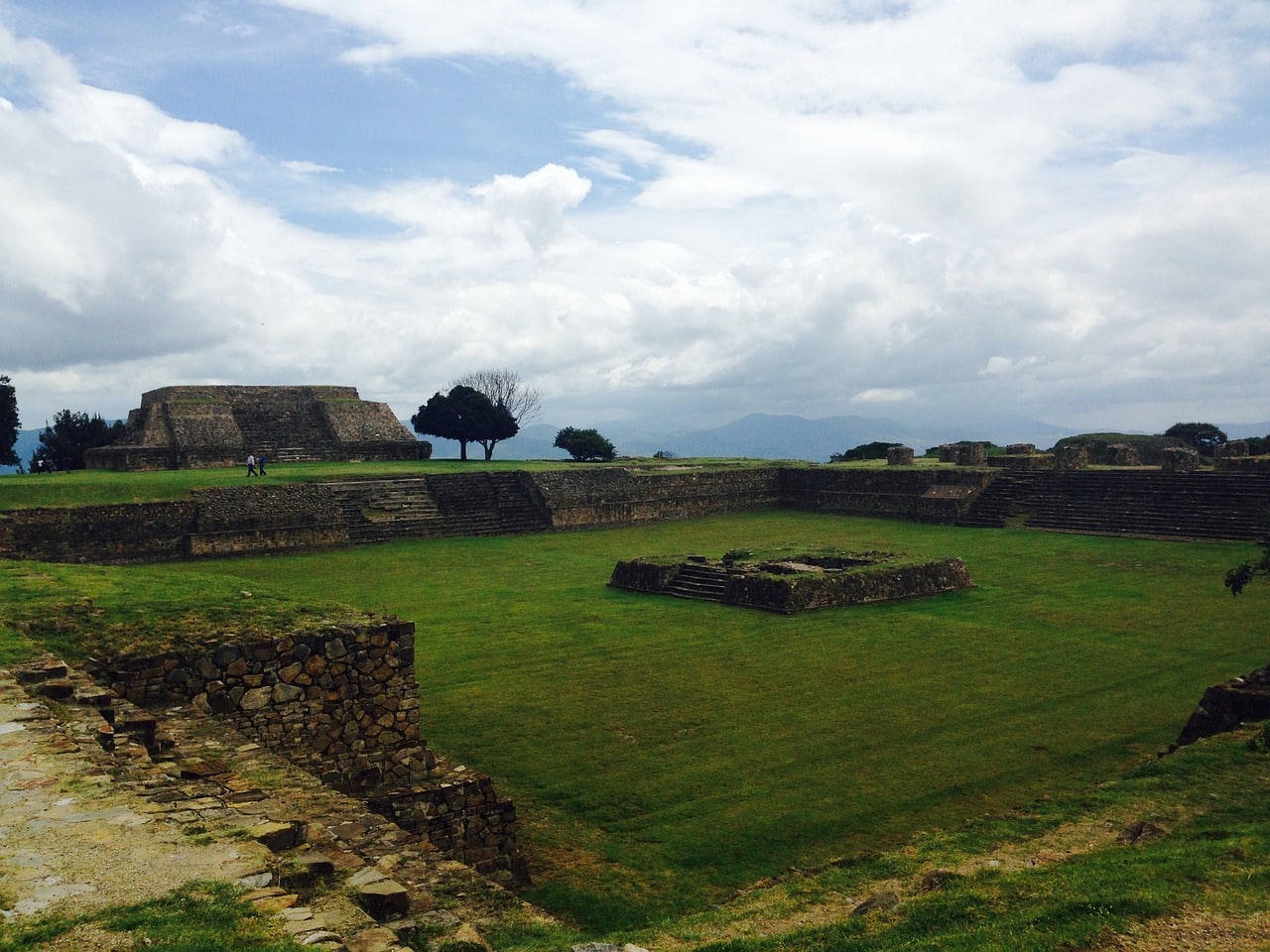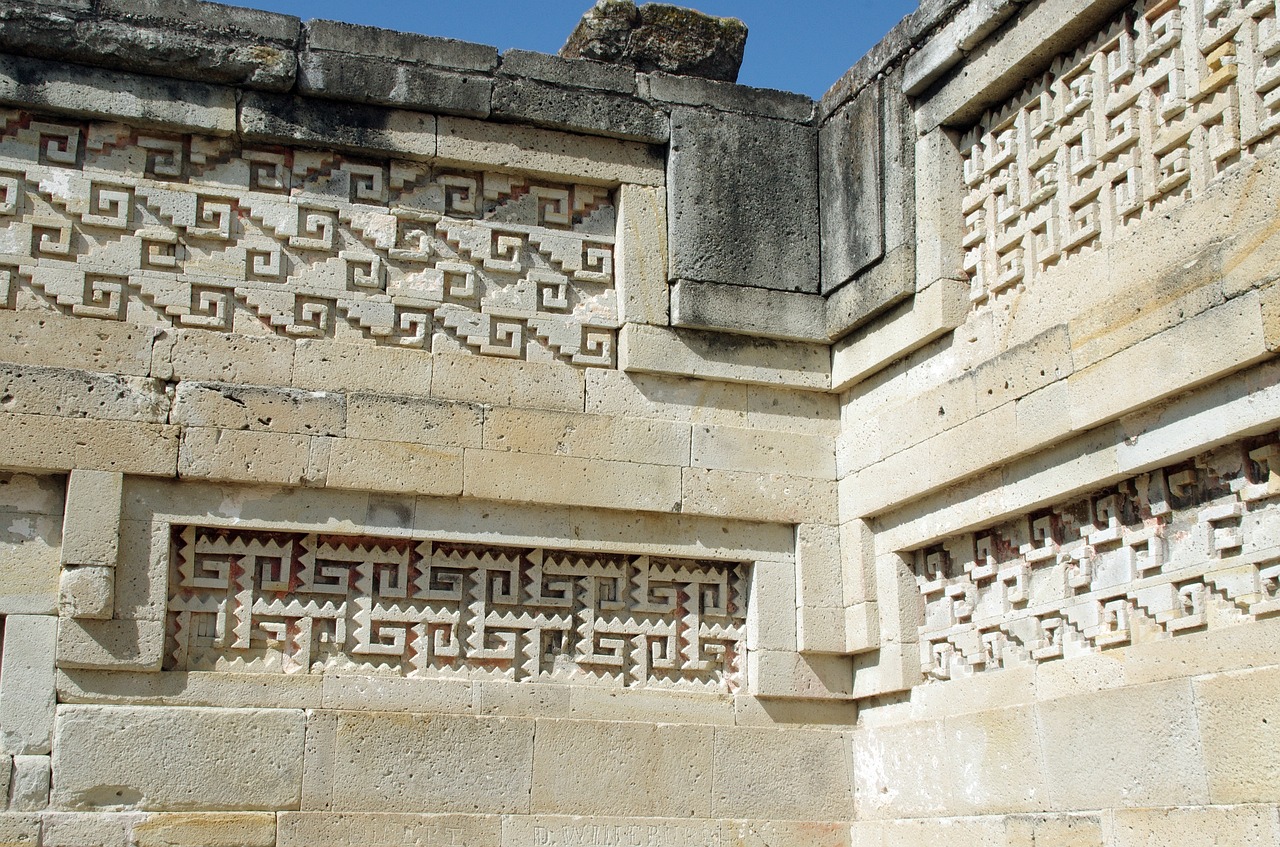
Zapotec art is showcased in all its splendor through, for example, the picturesque decorative creations known as alebrijes.
The Zapotec culture has been an influential pre-Columbian civilization that settled on high lands in the southern part of Mesoamerica . The heirs of that ancient people who left so much cultural legacy live mainly in the Mexican state of Oaxaca , although there are also traces of them in Veracruz , Puebla and Guerrero .
This community had an inspiring mirror in the Olmec culture , especially in matters of beliefs, architecture and art.
Characteristics of the Zapotec culture
Learning about the characteristics of Zapotec culture offers enriching data on ancient customs , religion, lifestyle, history, astrology, construction, language and geography, for example.
Research focused on how the Zapotecs lived and subsisted allowed us to determine that this population, at least in the beginning, settled in agricultural places, eventually developing solid segmented settlements in the south, the mountains and the valley. Its sedentary members showed the ability to harvest crops and used to worship, among other gods, Pitao Cocijo , a deity associated with rain. Their crops included various species of corn , pumpkin , beans and chili .
Socially, they were organized respecting hierarchies, with rulers (priests who were recognized with divine powers) occupying the highest and most powerful echelon. There were strong and well-prepared warriors there. In this regard, it is said that slaves, artisans and merchants, in the event of a war breaking out, were obliged to join the fight.
The Zapotec culture , which had Monte Albán as its capital and prominent setting (although the city of Mitla also enjoyed great notoriety around the year 900 AD ), gave supreme relevance to the ancestors, which is why it was given great importance to the cult of the dead.
Linguistic diversity, Zapotec writing and numbering
The linguistic diversity and the writing and numbering system of the Zapotec people have been very particular. Looking at these issues reveals how they were linked socially and commercially, and in what ways they communicated and carried out calculations.
In itself, the Zapotec language is considered a macrolanguage within which multiple linguistic varieties or dialects are deployed. The variant known as Diidxazá , Isthmian Zapotec, has achieved considerable visibility in the Mexican state of Oaxaca . For this community, this language comes from the clouds.
When writing, these settlers resorted to symbols and hieroglyphics that they engraved on buildings, tombs and stones, although it has not yet been completely deciphered.
With bars and dots, meanwhile, they created their own numbering system and thus designed two types of calendar : a solar one (which was consulted for sowing and harvesting) and another ritual (essential when adjusting to sacred times). This, according to experts who studied the subject, would have served as a model for the development of the Aztec and Mayan calendars .

Tomb 104 of Monte Albán with its murals and the jewels found in Tomb 7 of Monte Albán enhance interest in getting to know the Zapotec culture in depth.
Beliefs and ceremonies framed in the Zapotec culture
The beliefs and ceremonies framed in the Zapotec culture encompass a wide number of issues connected to their thoughts and the Zapotec worldview .
These people were polytheistic, that is, they worshiped many divinities, to whom responsibility for everything that happened was attributed. Those who adopted the Zapotec religion had the Mitla area as their ceremonial point.
Within the Zapotec pantheon, space was given, among others, to the following Zapotec gods: Pitao Cozobi (deity linked to corn, capable of influencing the crops in favor of people's nutrition), Cocijo (god of rain) and Pitao Pezelao (or Pezeelao, associated with the underworld, a superior being who could help successfully overcome wars, epidemics and diseases).
And when it comes to supreme beings, the importance that Xipe Totec has had in Zapotec culture cannot be overlooked.
Nor can we fail to point out that in each village and city there were residences for priests and temples available. Each locality had a patron deity, who was especially venerated with Zapotec ceremonies and rituals in order to ask them for different kinds of favors and pay them tribute.
When sacred sites were erected, funerary urns were usually given as an offering (inside of which there could be bones from the sacrifice of birds, pebbles or figures). If empty, funerary vessels were intended for burials.

The Zapotec culture conceived of Mitla (a word interpreted as a resting place or place of the dead) as a relevant center of ceremonies.
Zapotec hobbies, art and customs
There is great material (traces in archaeological remains and ruins, for example) that is useful and appropriate to ensure that there were pastimes, artistic manifestations and Zapotec customs with a lot of symbolism.
Sports-wise, pre-Columbian communities had the Mesoamerican ball game as their main activity, which had both warlike and ritual connotations. This activity, it is believed, began to expand from links or commercial exchanges between towns. In this context, the Olmec culture had significant weight. In the Zapotec version, the competition required the use of protective elements (such as helmets, knee pads and a kind of face shield or mask to protect the face).
When focusing on Zapotec celebrations , it is worth discovering the particularities of Guelaguetza , an event held specifically in the state of Oaxaca in honor of the Virgin of Carmen . Among the actions carried out during that festival is the so-called Dance of the Feather .
How did the men and women of the Zapotec culture dress? They traditionally wore huipil (a garment worn, for example, by Frida Kahlo ). The nobles, for their part, covered themselves with colorful cotton clothing adorned with precious stones, gold pieces and feathers, while the commoners had clothing in natural chromatic tones made from agave fibers.
By delving into Zapotec crafts , to propose another cultural aspect that identifies this culture , admirable works based on black clay come to light. With wood, wire, paper and/or cardboard, however, these creatives created picturesque alebrijes (figures inspired by imaginary creatures).
This town that has left so much legacy can even be known for its typical gastronomy , Zapotec legends , its architecture and Zapotec music , to indicate other sources of knowledge from hallmarks that invite you to know more about Mexico and its history.
